Gran Sasso Raid — Most Daring Mission of World War II?

World War II was an extremely violent and dangerous era of history, with conflict raging around the entire globe. In this conflict the stakes could not have been higher, with the Allies facing off against determined Axis foes. As the tide began to turn in the European Theater of Operations, Germany found itself faced with a tough decision regarding its ally in Italy.
On September 12, 1943, German Commandos pulled off one of World War II’s most daring rescue operations. It was an airborne assault on the Gran Sasso D’Italia Massif and Hotel Campo Imperatore, where deposed Italian dictator Benito Mussolini was being held prisoner.
Mussolini Deposed
In July 1943, shortly after the Allied invasion of Sicily, a vote of no confidence against Italian dictator Benito Mussolini was passed by the Grand Council of Fascism, and he was arrested by the Carabinieri and taken to their headquarters in Trastevere on orders from King Victor Emmanuel III.
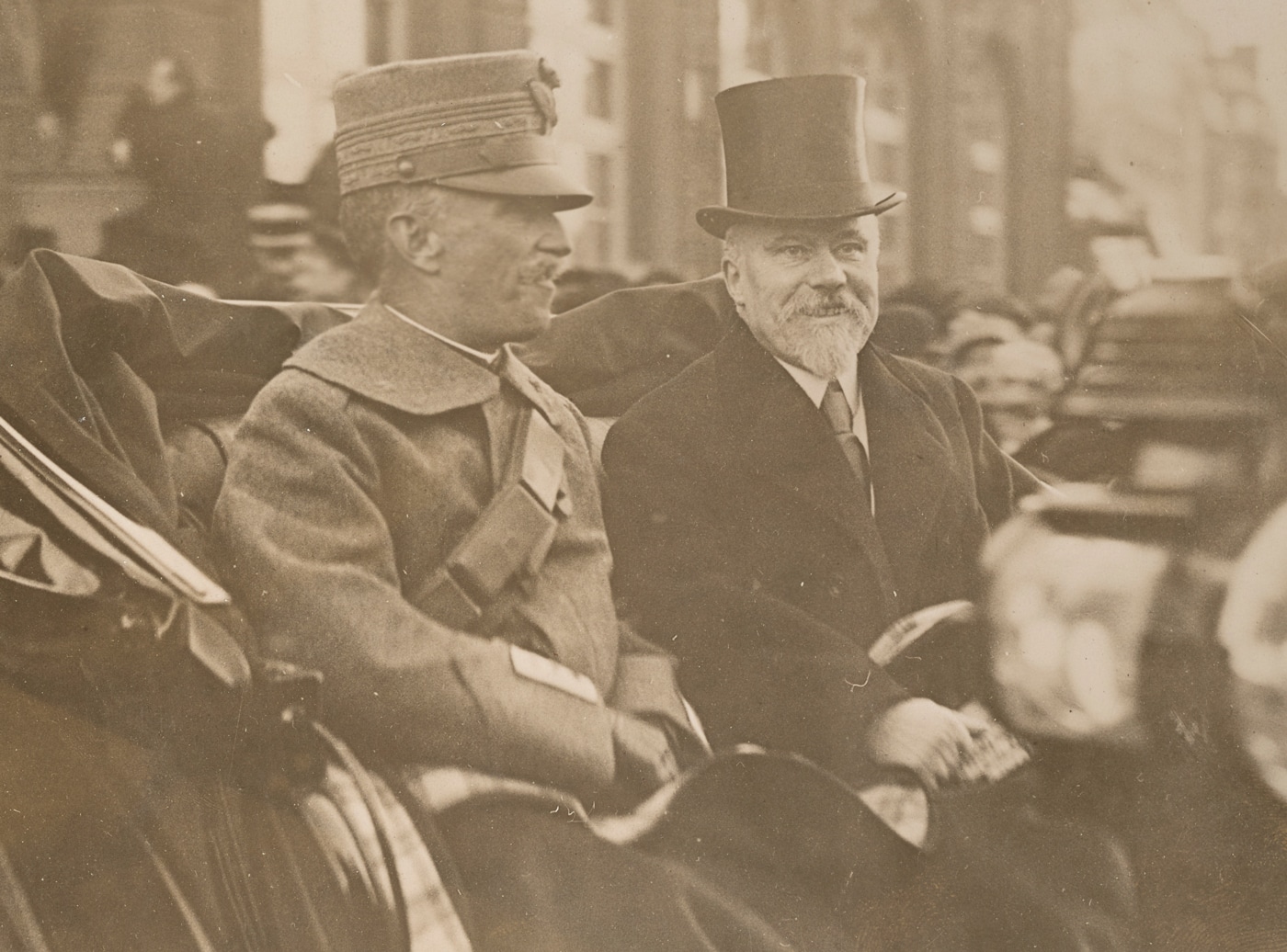
On September 8, 1943, the Italian government announced the Armistice of Cassibile and its defection from the Axis powers to the Allies. The German army quickly occupied strategic points in Italy, disarming hundreds of thousands of Italian soldiers. The Italian military and political leaders, including Marshal Badoglio and King Victor Emmanuel III, who sided with the Allies, were forced to flee to safe territory in southern Italy.
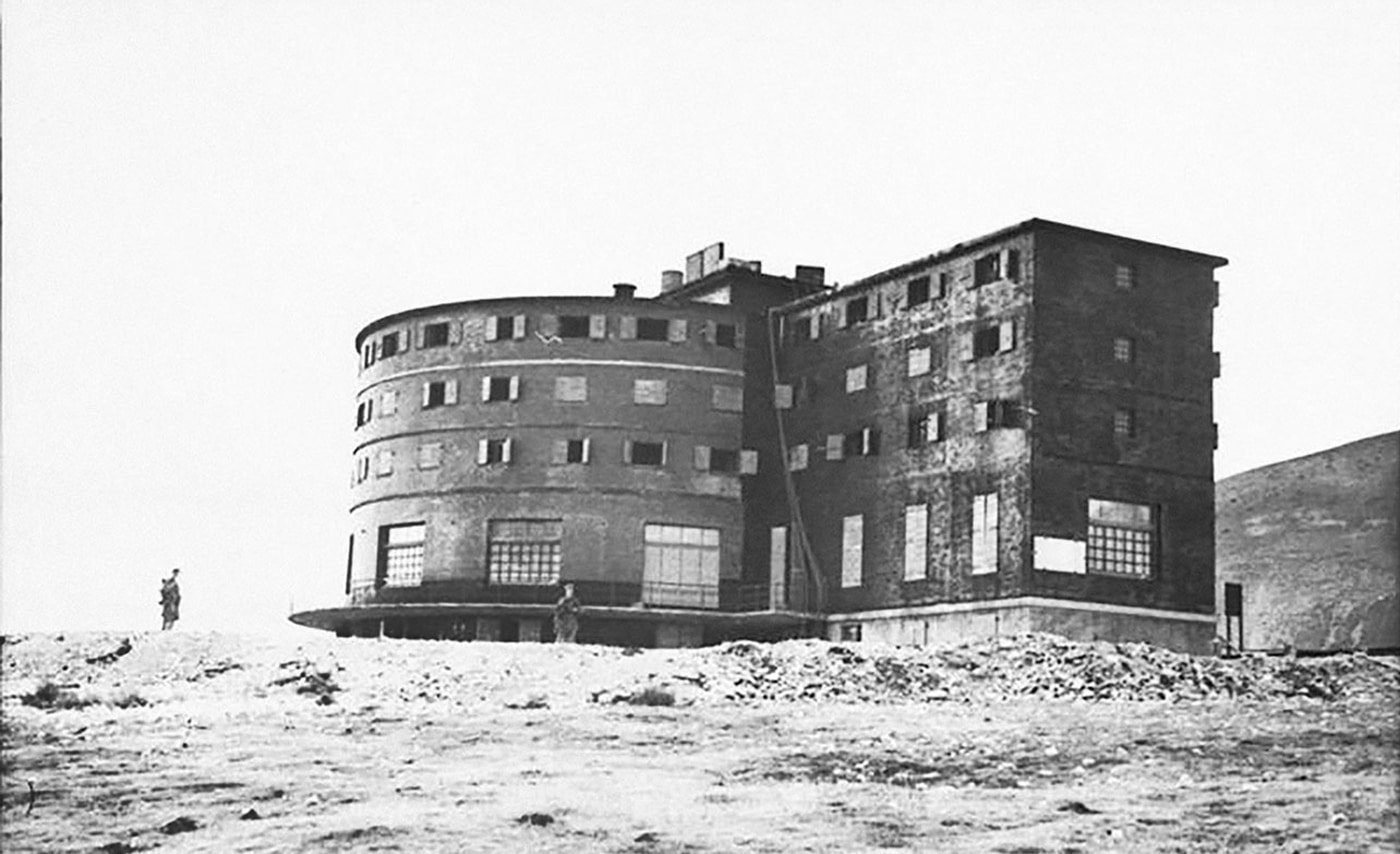
Upon learning of Mussolini’s arrest, German Chancellor Adolph Hitler became enraged and began plans of retribution against the new administration. Options included the invasion of Italy, the kidnapping of the royal family, and the imprisonment of the Pope in retaliation. Hitler then decided the first course of action was to rescue il Duce before he was put on trial for war crimes.
Otto Skorzeny
Hitler summoned SS Major Otto Skorzeny, who had the reputation as the “most dangerous man in Europe.” Skorzeny was tasked with finding Mussolini’s location, while General Kurt Student, Airborne Operations Chief, was tasked with planning and approving the operation. Ultimately, the planning and execution of the operation were carried out by Major Harald Mors.
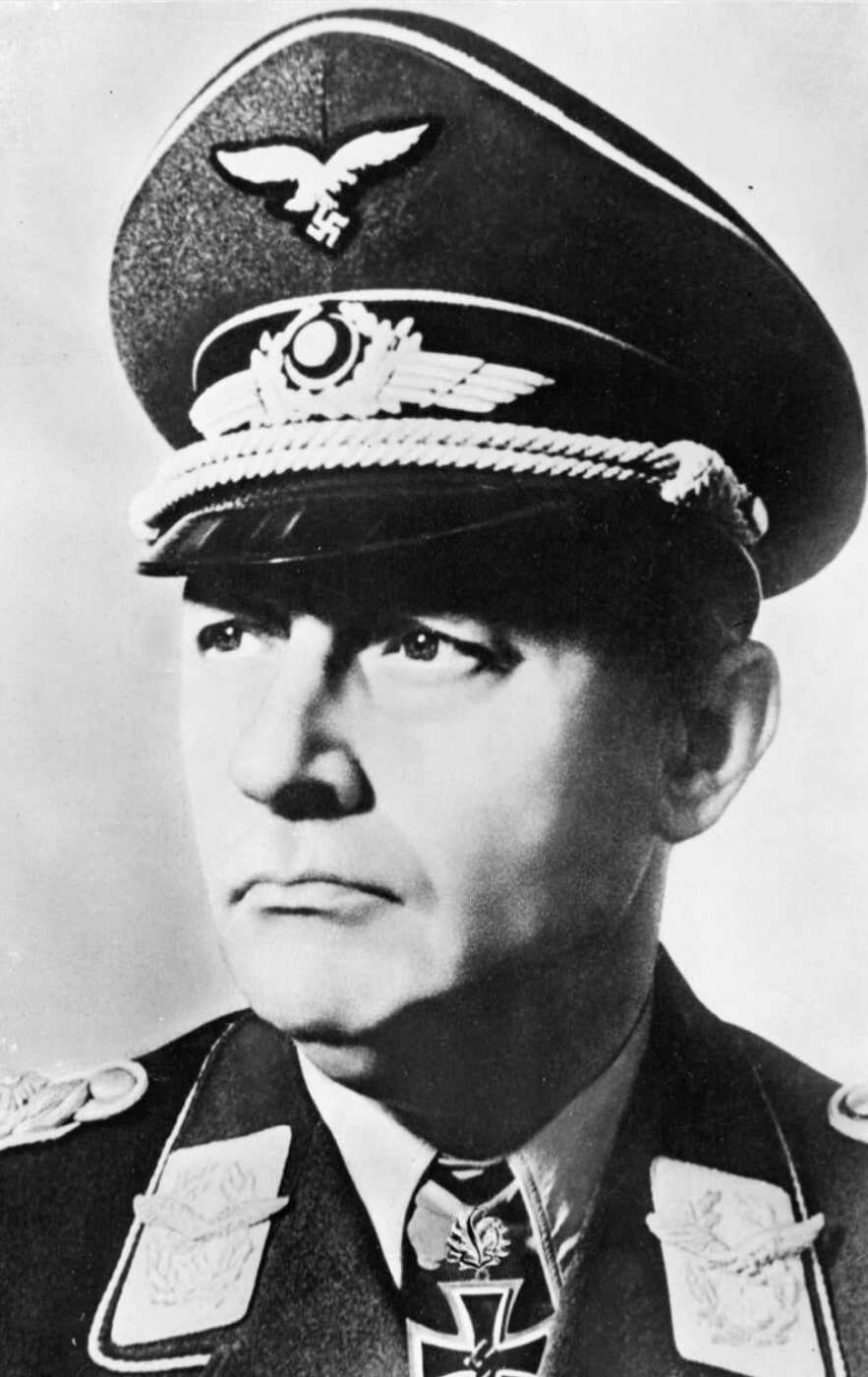
The Italian government knew that the Germans were searching for Il Duce, and he was moved to different locations several times. On September 7, 1943, German intelligence intercepted a coded Italian message that indicated that Mussolini was imprisoned somewhere in the Abruzzi mountains. Using informants, the location was narrowed down to the Gran Sasso, and the final planning began.
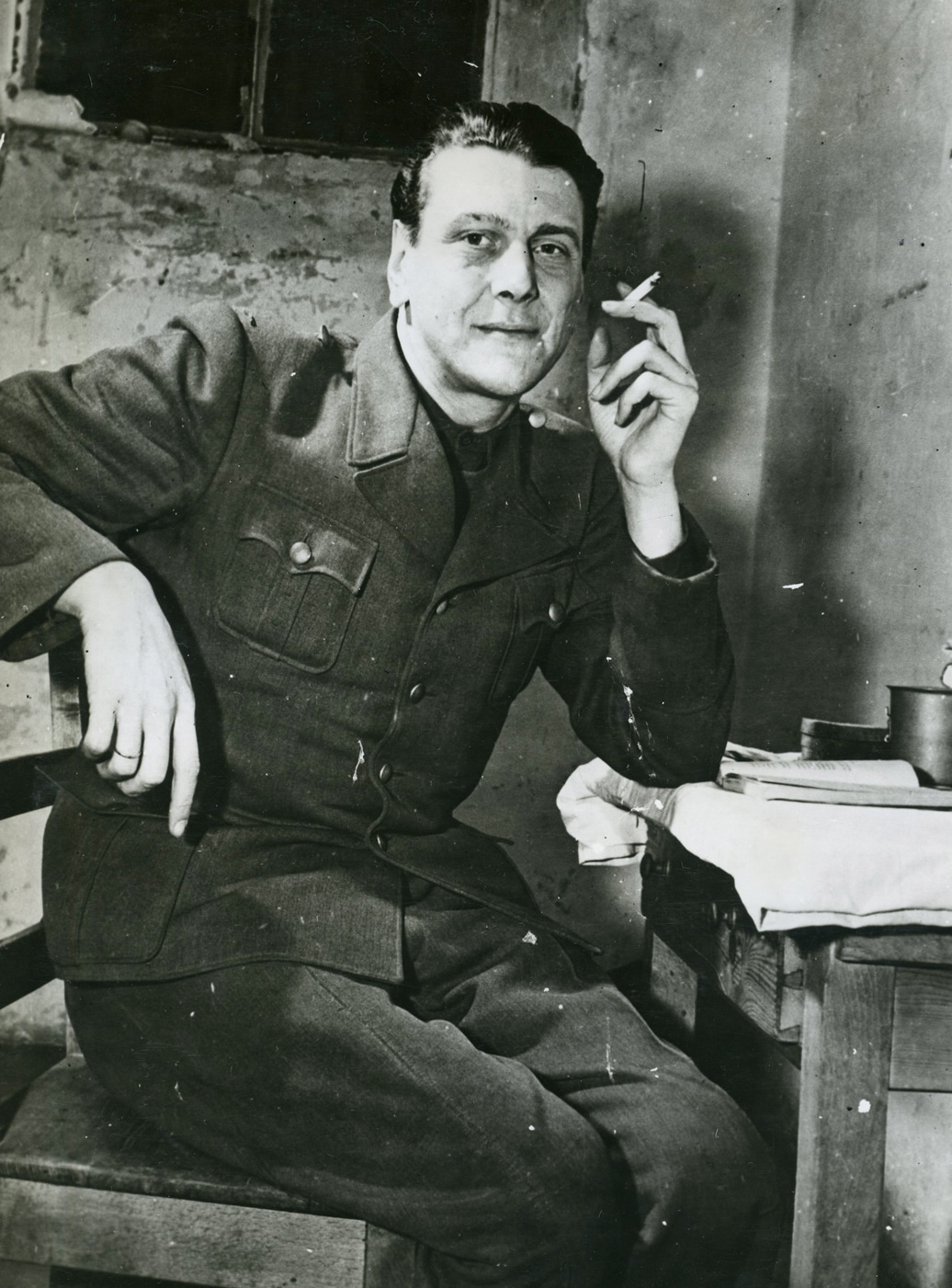
The Plan
The Hotel Campo Imperatore sits at 6,990 feet on the Gran Sasso D’Italia Massif.
Skorzeny’s rescue plan was to assemble a force of 90 airborne troops and insert his men in by glider, overpower any resistance, and then fly Mussolini to safety aboard a Fieseler Storch.
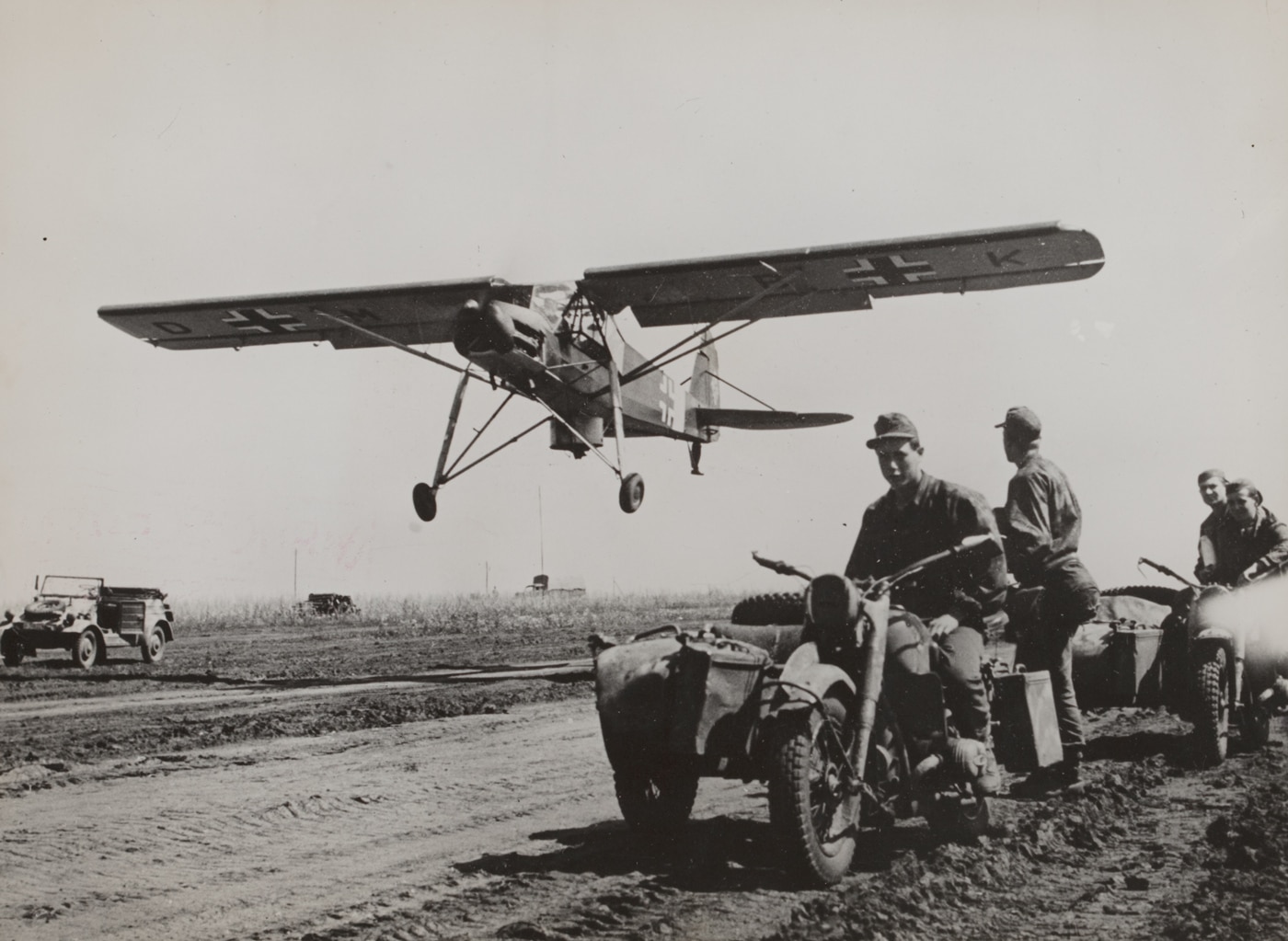
This two-seat STOL aircraft would be capable of carrying Il Duce to freedom. At the same time, German airborne troops would capture the funicular railway from the valley floor up to the hotel to ensure that Italian reinforcements would not interfere with the rescue attempt.
The Aircraft
The Fieseler Fi 156 “Storch” was the aircraft used for Mussolini’s exfiltration from the hotel. Designed in 1935, the Storch got its nickname due to its tall landing gear that resembled a Stork. It was an early STOL-type aircraft widely used during World War II by German military forces for reconnaissance and transport of high-ranking officers. The Storch had an extremely low stall speed of 32 mph and excellent short-field takeoff and landing characteristics. Approximately 2,900 aircraft were delivered to the Luftwaffe.
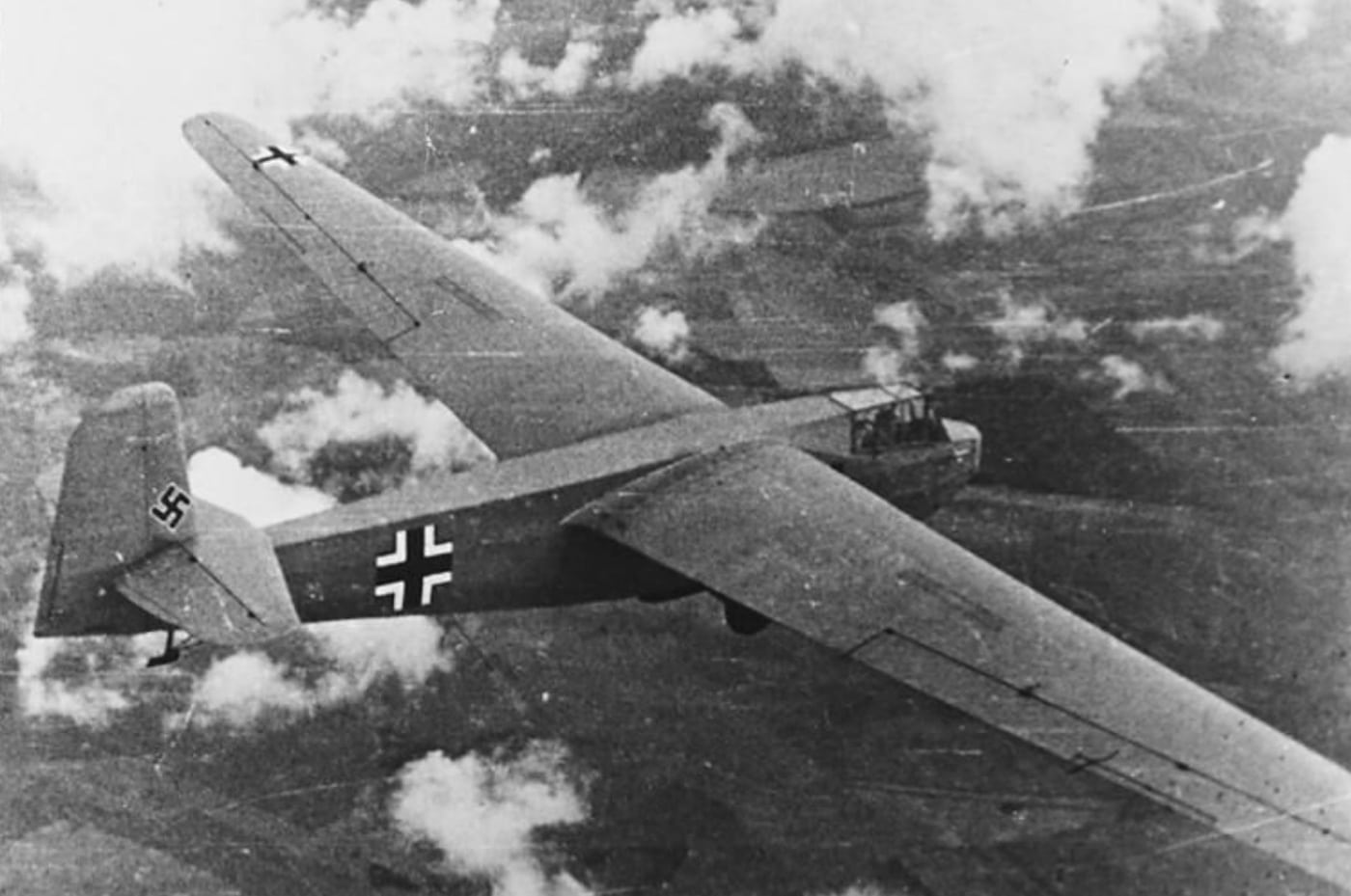
The DFS 230 was a German transport glider that was developed in 1933. It had room for one pilot and ten soldiers who sat on a bench in the middle of the aircraft, with six facing forward and four rearwards, and had a cargo capacity of 2,600 pounds. It was equipped with a parachute brake, which allowed it to dive at an angle of 80 degrees and land within 20 meters of its target!
Commandos Enroute
On September 12, 1943, at approximately 1300 hours, Skorzeny and his men launched from Pratica di Mare Air Base near Rome, using twelve DFS 230 gliders towed by Henschel Hs 126 reconnaissance/observation aircraft.
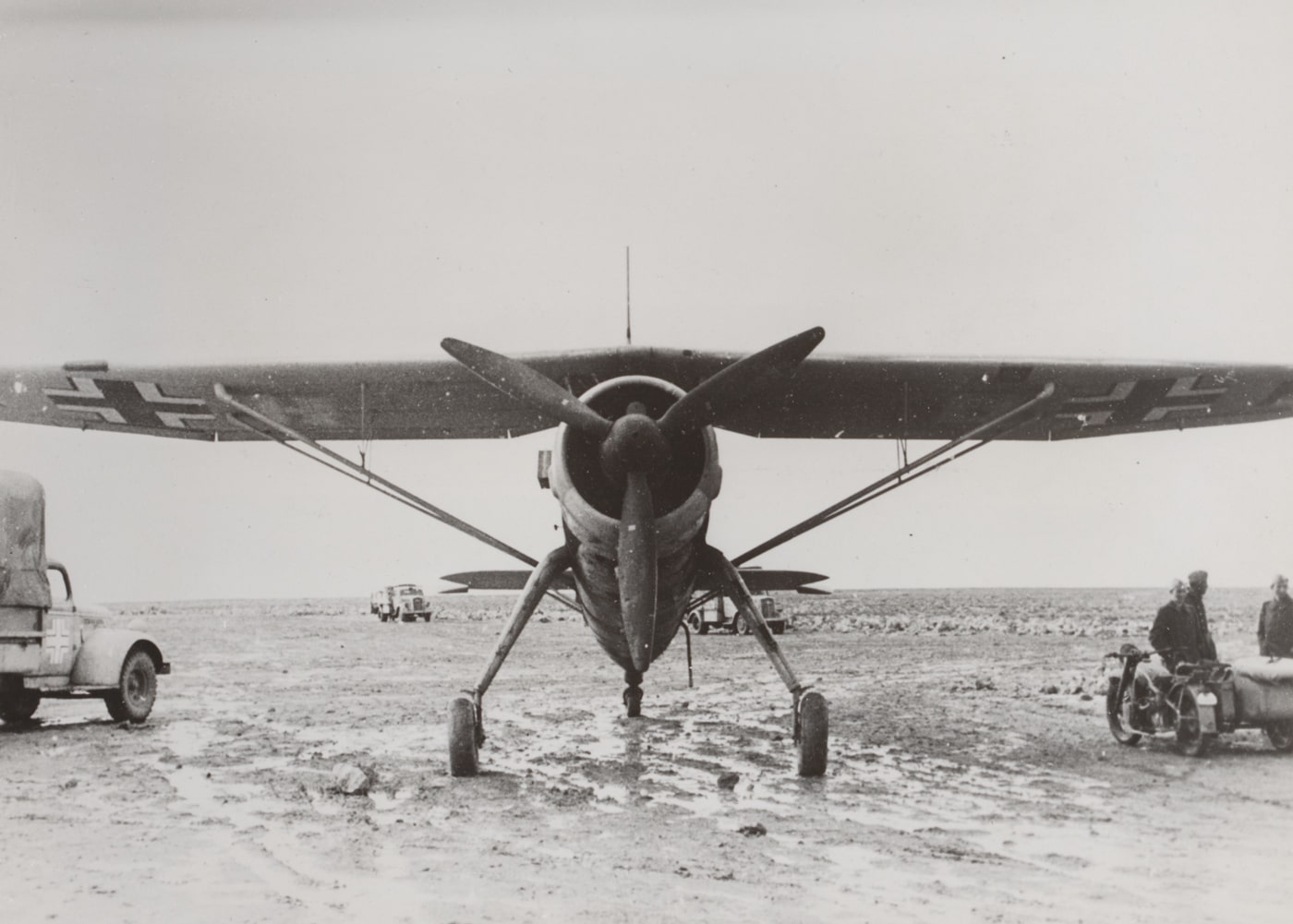
At approximately 1400 hours, Major Mors, with two airborne companies, arrived at the mountain’s base, captured the funicular railway station leading to the Hotel, and immediately cut telephone lines to prevent a warning to the garrison. Skorzeny, with his commandos and Italian General Fernando Soleti as a “hostage,” flew in the fourth and the fifth gliders. The three leading glider tow planes made an additional loop to gain altitude, but the following units considered it unnecessary and did not want to jeopardize their time on target. As a result, Skorzeny’s men arrived first on the Gran Sasso.
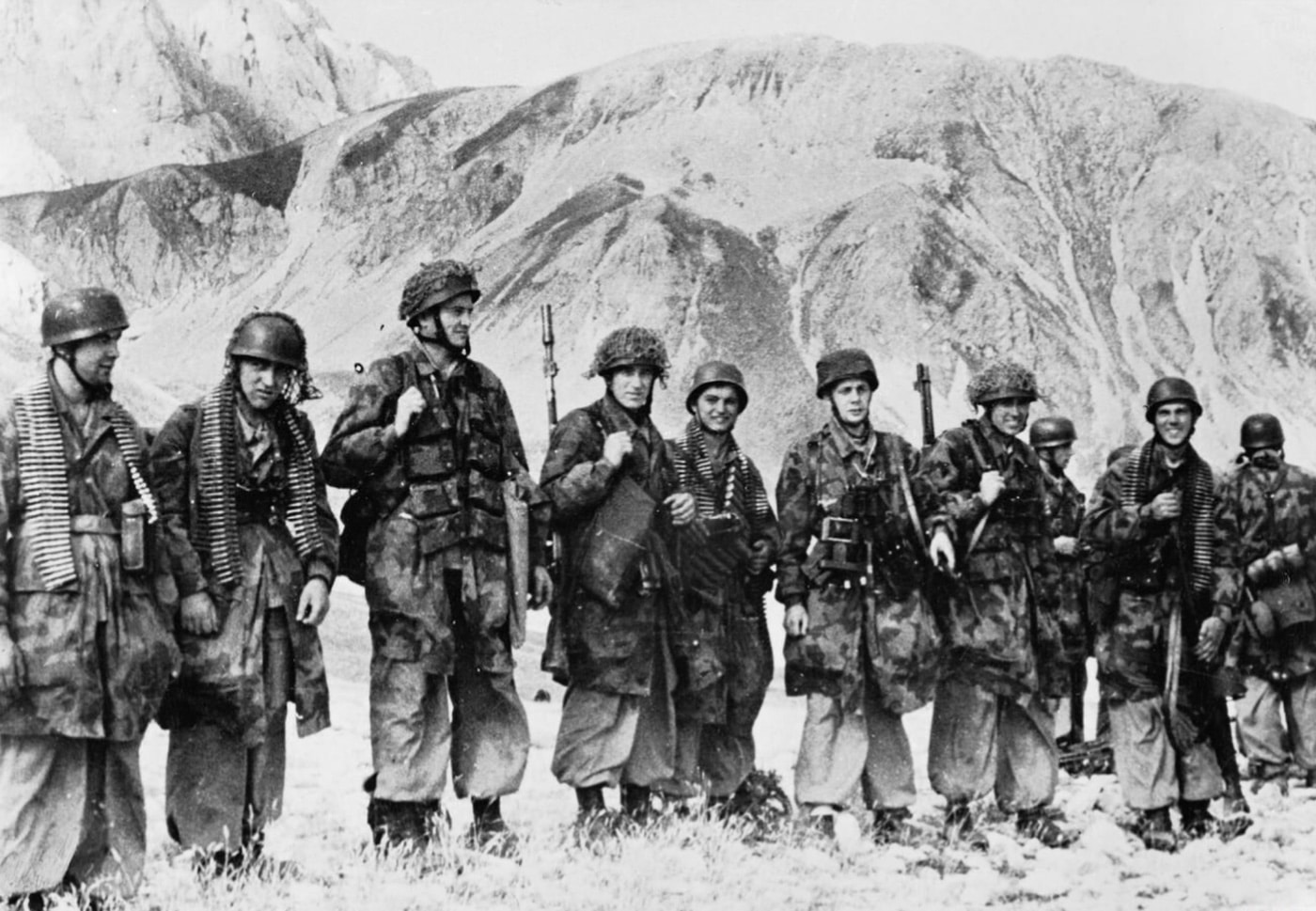
At 1405 hours, the assault team landed with one glider crashing, causing injuries. Skorzeny’s commandos overwhelmed Mussolini’s 200 Carabinieri guards without firing a shot, as General Soleti ordered them not to shoot. Skorzeny himself subdued the radio operator, disabled his equipment, and raced into the hotel, followed by the assault team. Ten minutes after the beginning of the raid, Mussolini was a free man. At 1445 hours, Major Mors arrived at the hotel using the funicular railway and greeted Mussolini.
While the operation was underway, General Student’s personal pilot, Captain Heinrich Gerlach, orbited the Gran Sasso in the Storch until given the all-clear.
Shortly before the Storch took off, Skorzeny climbed aboard. The weight of the pilot, Skorzeny, and Mussolini exceeded the capacity for safe operation, but Skorzeny ordered the pilot to take off. The plane began its takeoff roll over the rocky terrain and plunged over the cliff, heading for disaster. The pilot maintained control, and the Storch started to gain altitude. Skorzeny’s men were to remain and hold the location for short time longer, and then travel back across Italy to Germany.
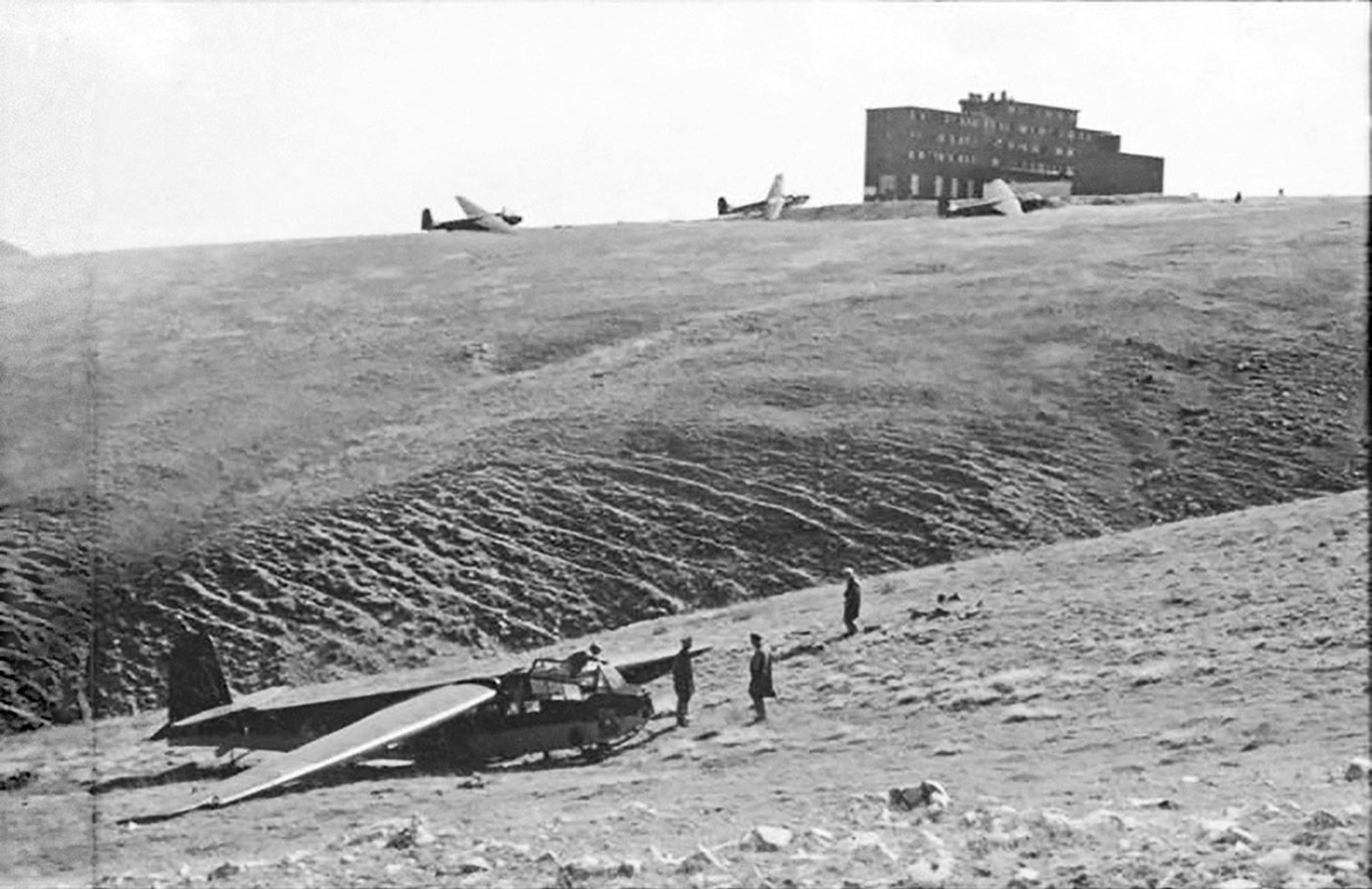
Approximately 30 minutes later, the Storch landed at Pratica di Mare airfield, southwest of Rome, where Mussolini was transferred to a Heinkel He 111 bomber for the flight to Vienna, and then the Wolf’s Lair, Hitler’s headquarters at Rastenburg in East Prussia. Upon his arrival, Hitler was shocked by Mussolini’s appearance. He was no longer the swaggering leader he knew but a frail, confused man.
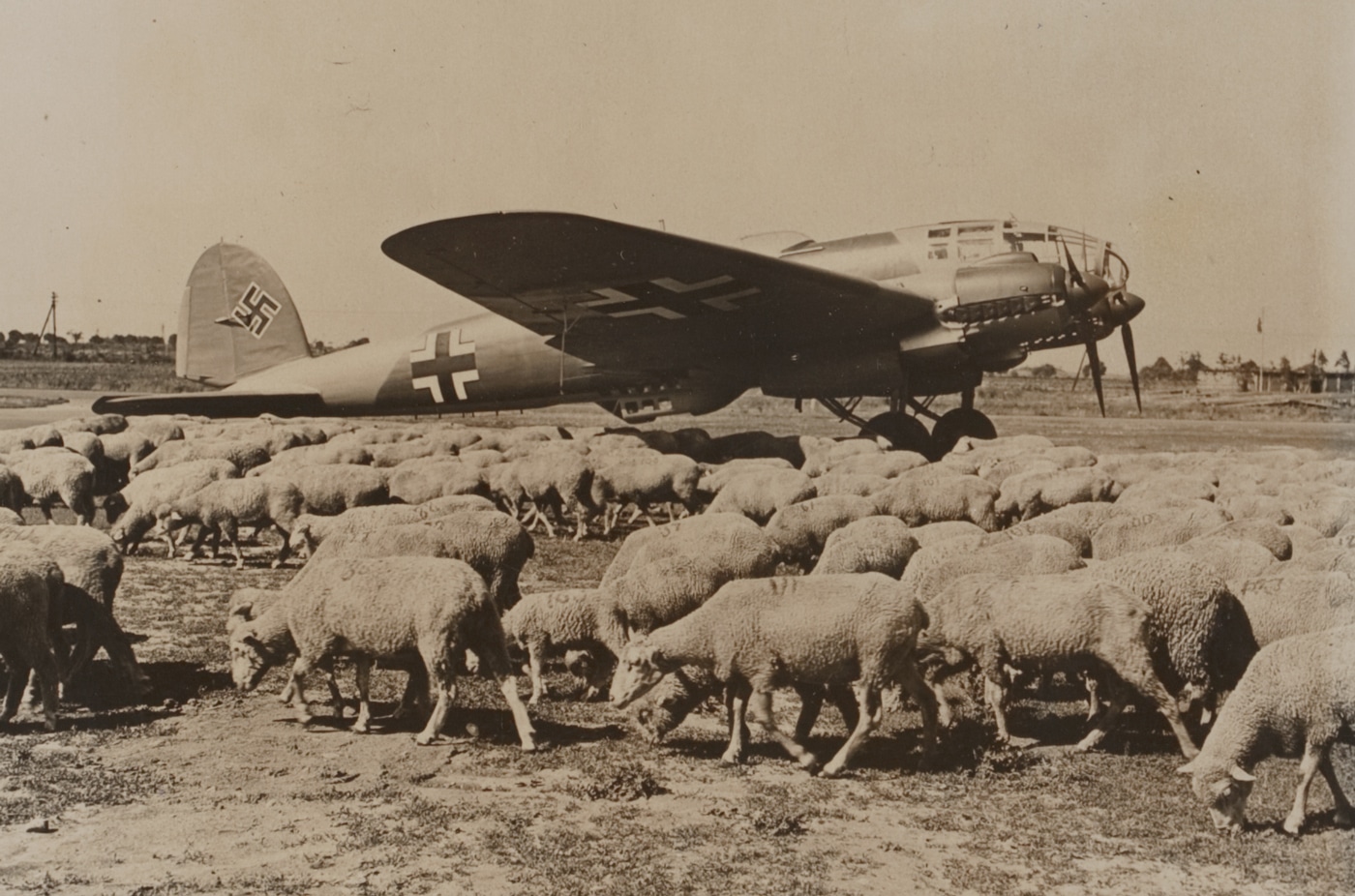
After the raid, Germany installed Mussolini as the leader of the Italian Socialist Republic in the town of Salo on the shores of Lago Di Garda in northern Italy. This puppet regime was set up to collaborate with the Germans in their fight against the Kingdom of Italy, now partnered with Allied forces.
Conclusion
Il Duce’s days were numbered. In April 1945, Mussolini and his mistress attempted to flee to Switzerland but were captured by Italian partisans and executed near Lake Como.
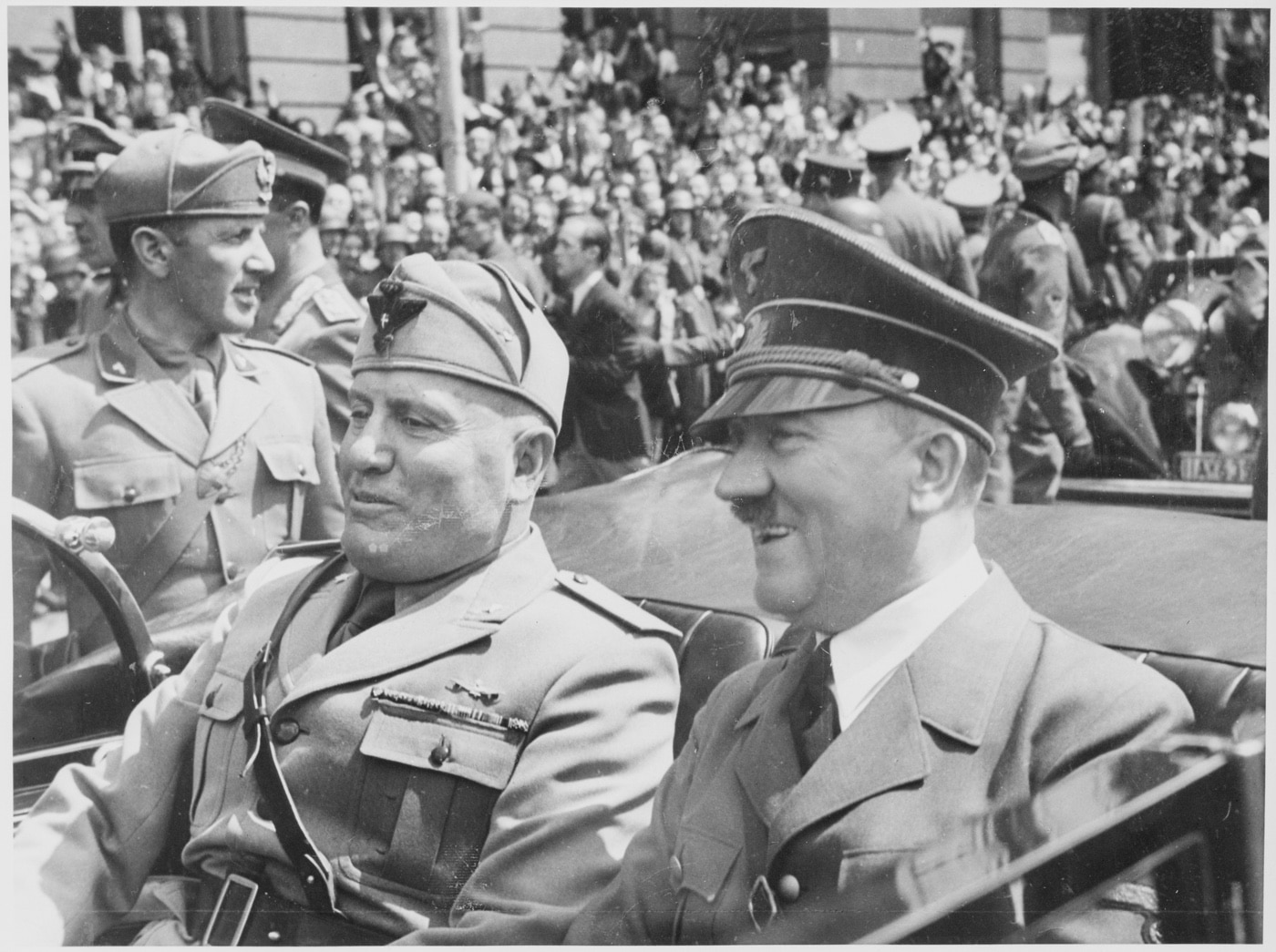
With German military morale continuing downward, the operation provided Germany with a much-needed propaganda opportunity. Hermann Goering lauded Skorzeny and the commandos for months afterward. This operation has been studied in military academies worldwide, setting a precedent for future special forces operations.
Editor’s Note: Please be sure to check out The Armory Life Forum, where you can comment about our daily articles, as well as just talk guns and gear. Click the “Go To Forum Thread” link below to jump in!
Join the Discussion
Read the full article here







